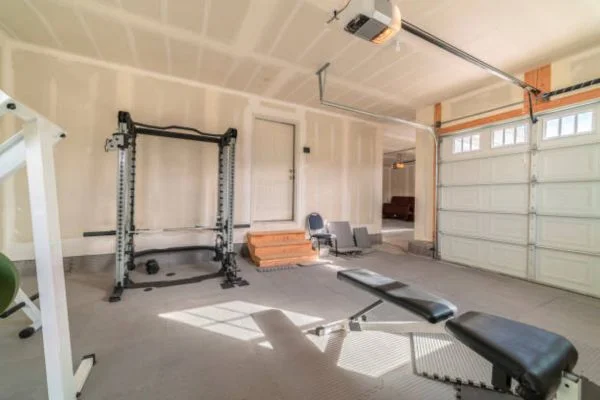Setting up a sound system in your gym can be an intimidating task. Whether you’re an experienced sound technician or a complete novice, it’s important to understand the basics of setting up an effective sound system. This step-by-step guide will teach you how to set up a sound system in a GYM.
How To Set Up A Sound System In A GYM | Step By Step Guide
Step 1: The first step is determining what audio equipment best suits your needs. Depending on the size of your gym, you may need multiple speakers and amplifiers. Think about the number of people who will typically be present in the gym at any given time when deciding how much power you need.
You should also consider the types of activities in your gym and what kind of music or other audio content you want to play during those activities.
Step 2: Once you have selected the necessary equipment, it’s time to install it. Start by mounting your speakers on walls or ceilings to ensure they are heard evenly throughout the entire space.
Ensure all wiring is securely connected and thoroughly tested before powering everything on for the first time. Also, make sure that each speaker is properly calibrated so that there is no distortion in the audio playback.
Step 3: The next step is to configure your audio settings for optimal performance. This includes adjusting volume levels, equalizing frequencies, and setting up additional features such as subwoofers or delay effects that may be available with your system.
Additionally, consider whether or not you would like to add extra features such as microphone inputs or wireless streaming capabilities so that users can easily access their music while they work out.
Also Read: How To Design Gym Sound System?
Is It Okay To Play Loud Music Inside The Gym?

While playing loud music inside the gym is not ideal, it is ultimately up to the discretion of the owner or manager. Many gyms offer headphones that can help reduce overall noise levels. However, those listening to loud music may still be disrupting other members.
Playing loudly in a gym can also damage hearing over time as sound waves bounce off hard surfaces like walls and floors and reverberate throughout an enclosed room, increasing their volume beyond what is considered safe (85 dB).
The best way to reduce disruption while enjoying your favorite tunes while working out is to use headphones designed specifically for exercising, such as noise-canceling earbuds.
By using these headphones, you can keep your listening volumes at a reasonable level without compromising on sound quality or causing disturbances for anyone else in the gym.
Also Read: Are Horse Stall Mats Good For Home Gym?
How Do You Soundproof A Gym Room?
The best way to soundproof a gym room is by combining different insulation and acoustic treatments.
Step 1: First, you should start with the walls. Install heavy-duty mass-loaded vinyl barriers between the wall studs behind any drywall or other wall covering material. This will help absorb and block sound from passing through your walls.
You can also add acoustic foam panels to further diffuse noise inside the gym room, and on top of that, use thick rugs or floor mats to reduce any reverberations caused by impacts on hardwood floors.
Step 2: Next up is treating any windows or doors in your gym room, so they don’t let in too much noise from outside and prevent sound within the room from escaping outwards. You could try installing rubber seals around door frames.
Also double-glazed windows with air gaps filled with insulating materials like fiberglass wool, PVC strips for privacy, and weather stripping for soundproofing purposes. These will all help regulate interior ambient noise levels significantly.
Step 3: Finally, adding some fabric drapes over your ceiling too can be very effective at absorbing higher frequency noises, reducing reflection echoes common in gyms that cause unpleasant auditory experiences.
Investing in quality furniture such as couches, chairs or tables made out of foam instead of wood will also help soften up bouncing sounds off flat surfaces making it more comfortable.
When walking through sensitive areas like weight racks or fitness machines where excessive noise tends to amplify even more than usual due to vibrations generated by these pieces of equipment during movement exercises.
Also Read: How Much Does It Cost To Build A Home Gym?
Bottom Line:
Now you know how to set up a sound system in a GYM. Setting up a sound system in your gym doesn’t have to be complicated!
By following these simple steps, you can easily create an effective audio setup that meets your needs without breaking the bank. With a little research and planning beforehand, you will have a functional sound system installed and ready for use in no time!
Additionally, don’t forget to consider if additional features are needed, such as microphone inputs or wireless streaming capabilities, so users can access their own music while working out. A quality sound system adds value to any space–so start planning yours today!



